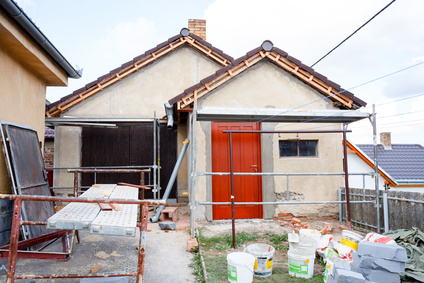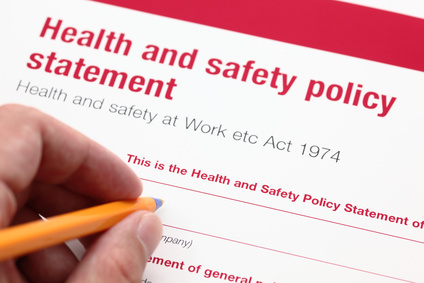Renovating or Developing Investment Property? New Regulations will Change Everything.
Published on May 7, 2015 by Sarah Mac

When the Construction (Design and Management) Regulations 2007 (CDM) were updated to CDM 2015 on 6th April 2015, changes were introduced that will affect anyone undertaking any building or renovation works that can be considered commercial in nature.
If you are renovating a property that is destined for the rental market, then the new regulations will apply to you and you will be subject to a raft of rules that you will need to familiarise yourself with.
Key Focus is on Health & Safety
The changes under CDM 2015 have been introduced to make sure that safety and welfare are always a key focus on every building project. The main element that you need to be aware of when refurbishing or developing property for commercial gain is you will now be responsible for everything that takes place on the project. So it has now become even more vital than ever that you carry out due diligence when hiring contractors so that you can verify their competency.
This is all going to be new to landlords, as previously the domestic building sector was not included in the regulations. But due to a large number of injuries and fatalities on smaller projects, it was ruled by the Health and Safety Executive (HSE) that all projects without exception should have an appointed person to oversee health, safety and welfare at all stages of a project.

The changes under CDM 2015 have been introduced to make sure that safety and welfare are always a key focus on every building project.
Duties Under the Regulations
You will need to make yourself aware of your duties under the regulations before you commence a project to ensure you stay on the right side of the new laws. These are:
- To appoint, in writing, a Principal Designer (PD) to oversee project design and planning and to take care of all the health and safety procedures. They will also be responsible for organising the health and safety file.
- To appoint a Principal Contractor (PC) to build and / or manage the works onsite.
- To provide the PD with all the information necessary for the PC to be in a position to write a Construction Phase Health and Safety Plan.
- To review and approve the Construction Phase Health and Safety Plan using information supplied by the PD.
- To ensure health and safety is a featured part of the project and that there is enough budget to cover it.
- To make sure both PD and PC are equipped with adequate competence to be able to carry out their roles.
If you do not appoint a PD or PC, then their duties will fall to you by default, which is clearly something of a responsibility. It makes far more sense to take some time to source personnel with sufficient qualifications, references and experience to undertake these roles.
Already had works in progress as the new regulations came in?
Obviously numerous projects would already have been underway as the 6th April came. Special transitional provisions were therefore devised and you can read about these on the HSE website.

